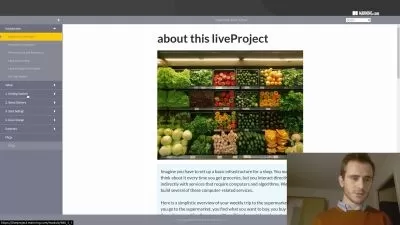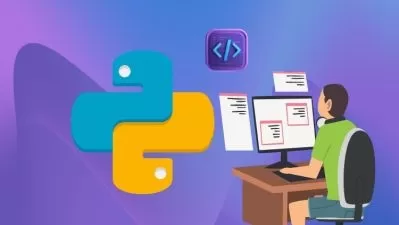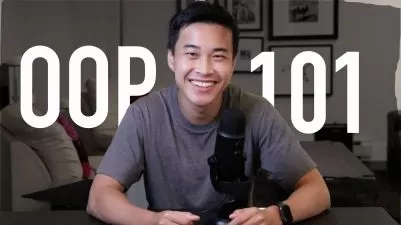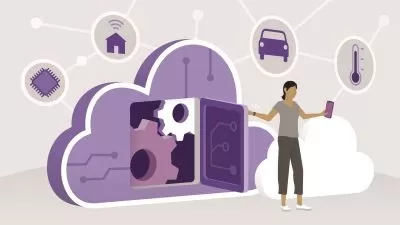Representing IoT Systems with the Actor Model and Akka.NET 1
Jason Roberts
2:15:01
Description
There will be over 20 billion connected things in use by 2020. This course will teach you why the Actor Model and Akka.NET is a good fit for representing IoT systems that support reactive, concurrent, scalable, distributed, and fault tolerant apps.
What You'll Learn?
Traditional programming techniques can fall short when trying to represent IoT devices and systems due to the the need for concurrency management, scalability, reactivity, distribution, and fault tolerance. In this course, Representing IoT Systems with the Actor Model and Akka.NET 1, you will learn how to model Internet of Things devices as actors with Akka.NET. First, you will learn why the Actor Model and Akka.NET is a good fit for IoT systems. Next, you will explore how to model devices as actors and organize actors into groups and supervision hierarchies. Finally, you will discover how to model the querying of device actors as separate actor instances. By the end of this course, you will know how to design and implement actors that represent real-world connected devices in IoT scenarios and take advantage of the built-in features of Akka.NET such as concurrency management and fault tolerance.
More details
User Reviews
Rating
Jason Roberts
Instructor's Courses
Pluralsight
View courses Pluralsight- language english
- Training sessions 58
- duration 2:15:01
- level average
- English subtitles has
- Release Date 2023/10/20





















